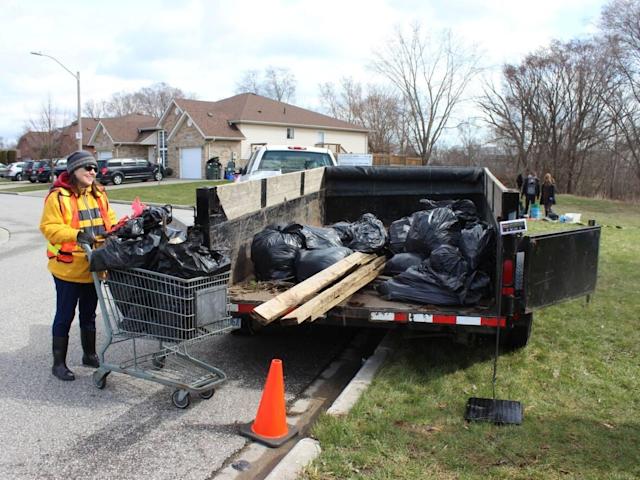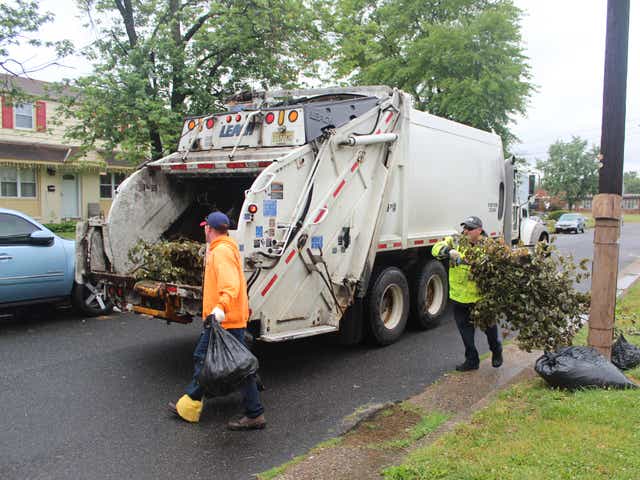The Great Pacific Garbage Patch

The Great Pacific Garbage Spot is what scientists believe is the largest rubbish dump in the world and it is sitting in the Pacific Sea. It is rough twice the size of Texas as well as is composed of about 3.5 million tons of rubbish. The patch has numerous sorts of garbage consisting of footwear, bags, wrappers, as well as bottles nevertheless the majority of it is comprised of plastics which does not biodegrade. Rather plastic slowly separates into smaller as well as smaller sized pieces. Greenpeace estimated that 10% of plastic produced each year ends up in the Pacific Garbage Patch which is too much quantity of pollution.
Most of the air pollution comes from countries ranging from North America to East Asia as well as to Australia. An approximated 80% of contamination comes from land-based resources while 20% comes from ships.
Trash bins make their means from land to the sea quite easily via our drains pipes. With boosted varieties of plastics, a luxurious way of life, and increased negligence trash is being flushed into our rain gutters which is winding up in the ocean and our beautiful setting. When in the ocean, some sink to the ocean flooring or are consumed by sea animals while the remainder is attracted to what is referred to as the Northern Pacific Gyre. The Northern Pacific Vortex is a system of currents that drags rubbish right into the center of a substantial vortex which is after that trapped by peripheral circulating currents. The confined enormous mass of trash is called the Pacific Waste Patch.
Many individuals misunderstand the mass of rubbish. They anticipate cruising out to the Gyre and locating a rubbish island. Actually, the ocean teems with tiny tinted parts of plastic. The plastic is just extra focused in the Vortex and is accompanied by bottles, headgears, and nets floating externally.
This big environmental catastrophe is unknown to many since it is out in the middle of the sea which is yet to impact our daily lives. The Great Pacific Waste Spot is made up of the East Vortex and also West Vortex which lies between 135 to 155W and 35 to 42N. It varies from the shore of The golden state completely to Japan and in some areas, the debris is 90 feet deep.
It was uncovered by Charles J. Moore who came across this huge stretch of floating Particles while returning residence via the North Pacific Gyre after the Transpac Sailing Race in 1997. A comparable spot of drifting plastic debris is found in the Atlantic Sea.

Something similar to the trash spot was predicted in a paper released in 1988 by the National Oceanic and also Atmospheric Administration (NOAA) of the USA, through an Alaska-based research study that measured the rise of little plastic particles in the seawater. This is evidence that as time goes by the scenario is obtaining drastically worse.
Plastic is such a dreadful product because it does not biodegrade. Instead, it separates right into smaller pieces that always remain. The little parts of plastic are called mermaid rips or nurdles. Nurdles are dangerous as they have the undesirable top quality of soaking up harmful chemicals. Even if chemicals are commonly diffused in the water, in time they are absorbed and concentrated within these small items of plastic. In some parts of the sea, there is already 6 times much more plastic than plankton which is the main food source lots of fish rely upon to survive as well as these stats are not also taken from the facility of the waste patch. For more insights and further information, you can visit http://www.crmrolloff.com/apopka-heights-apopka/

